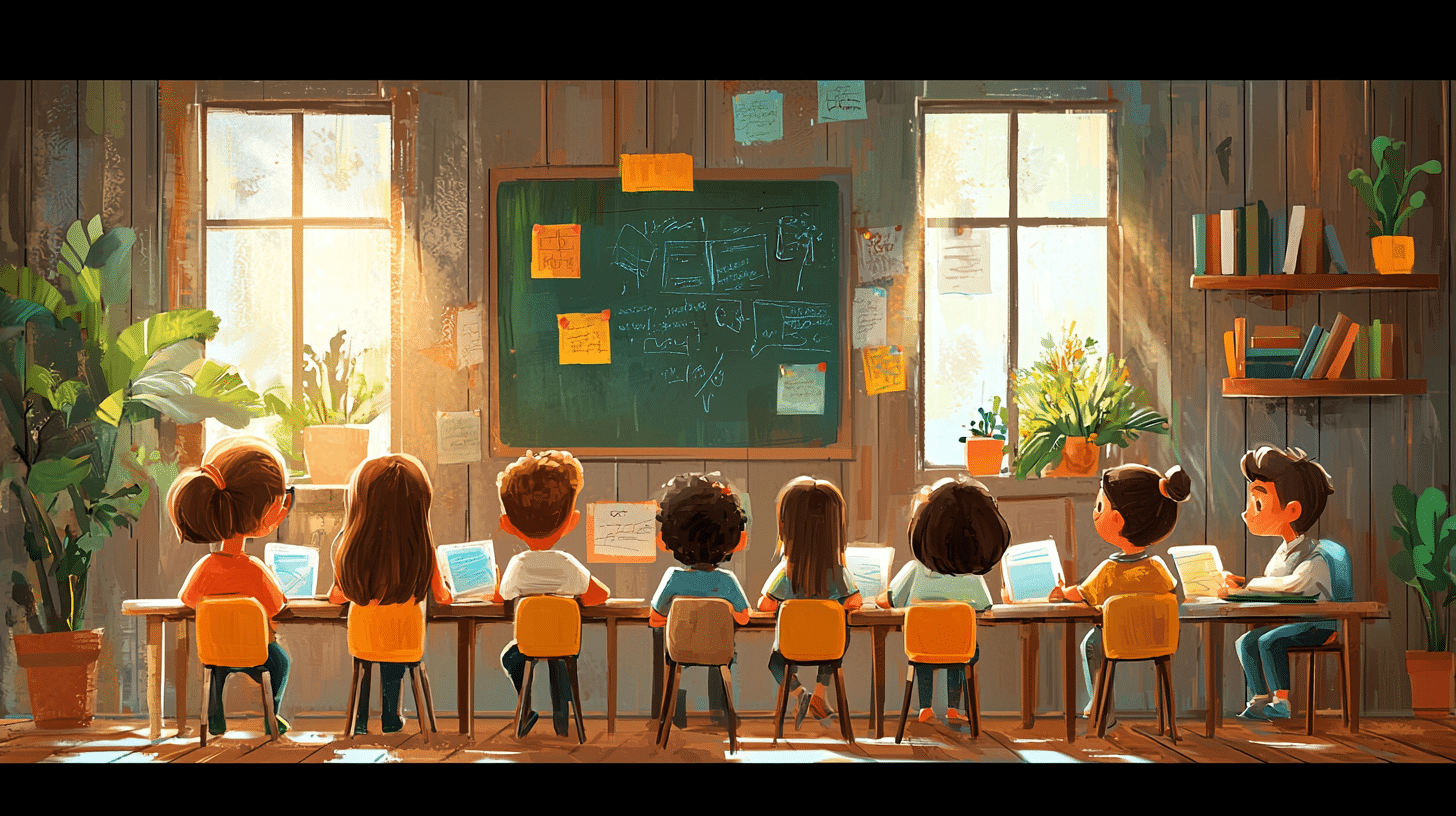Learning a new language can be an exciting and rewarding experience, and Norwegian is no exception. One aspect of mastering any language is understanding how to use adjectives effectively, especially when forming comparisons. This article will guide you through the process of forming comparative and superlative adjectives in Norwegian. We’ll cover the basic rules, irregular forms, and provide plenty of examples to help you understand and practice.
Basic Rules for Forming Comparatives and Superlatives
In Norwegian, adjectives change their forms to indicate comparisons, just as they do in English. However, the rules are slightly different. Here’s a breakdown of how to form the comparative and superlative forms of adjectives in Norwegian.
Comparative Adjectives
To form the comparative degree of most Norwegian adjectives, you generally add the suffix “-ere” to the adjective. This is similar to adding “-er” in English.
For example:
– “stor” (big) becomes “større” (bigger)
– “liten” (small) becomes “mindre” (smaller)
– “vakker” (beautiful) becomes “vakrere” (more beautiful)
Just like in English, there are some irregular forms and exceptions, which we’ll cover later in this article.
Superlative Adjectives
To form the superlative degree, you generally add the suffix “-est” to the adjective. This is akin to adding “-est” in English.
For example:
– “stor” (big) becomes “størst” (biggest)
– “liten” (small) becomes “minst” (smallest)
– “vakker” (beautiful) becomes “vakrest” (most beautiful)
Again, there are some irregular forms and exceptions to be aware of, which we will discuss in more detail.
Definite Form
In Norwegian, when using the superlative form of an adjective in a definite context (when the noun is definite or there is a possessive pronoun), you need to add the definite article “den,” “det,” or “de” depending on the gender and number of the noun. Additionally, an “-e” is added to the superlative form of the adjective.
For example:
– “den største huset” (the biggest house)
– “det vakreste bildet” (the most beautiful picture)
– “de minste barna” (the smallest children)
Irregular Comparatives and Superlatives
While many adjectives follow the regular rules for forming comparatives and superlatives, there are some that are irregular. Here are some common irregular adjectives and their comparative and superlative forms:
– “god” (good) becomes “bedre” (better) and “best” (best)
– “dårlig” (bad) becomes “verre” (worse) and “verst” (worst)
– “gammel” (old) becomes “eldre” (older) and “eldst” (oldest)
– “ung” (young) becomes “yngre” (younger) and “yngst” (youngest)
– “stor” (big) becomes “større” (bigger) and “størst” (biggest)
Adjectives Ending in -ig and -som
Adjectives ending in “-ig” or “-som” follow a slightly different pattern when forming the comparative and superlative. Instead of adding “-ere” and “-est,” you add “-ere” and “-st.”
For example:
– “lykkelig” (happy) becomes “lykkeligere” (happier) and “lykkeligst” (happiest)
– “ensom” (lonely) becomes “ensommere” (lonelier) and “ensomst” (loneliest)
Adjectives Ending in -el, -er, and -en
Adjectives ending in “-el,” “-er,” and “-en” often drop the “e” before adding the comparative and superlative endings.
For example:
– “vakker” (beautiful) becomes “vakrere” (more beautiful) and “vakrest” (most beautiful)
– “gammel” (old) becomes “eldre” (older) and “eldst” (oldest)
Practice Makes Perfect
To truly master the use of comparatives and superlatives in Norwegian, it’s essential to practice regularly. Here are some exercises you can try:
Exercise 1: Basic Comparatives
Convert the following adjectives into their comparative forms:
1. Lang (long)
2. Kort (short)
3. Ny (new)
4. Rik (rich)
Answers:
1. Lengre (longer)
2. Kortere (shorter)
3. Nyere (newer)
4. Rikere (richer)
Exercise 2: Basic Superlatives
Convert the following adjectives into their superlative forms:
1. Lang (long)
2. Kort (short)
3. Ny (new)
4. Rik (rich)
Answers:
1. Lengst (longest)
2. Kortest (shortest)
3. Nyest (newest)
4. Rikest (richest)
Exercise 3: Irregular Forms
Convert the following adjectives into their comparative and superlative forms:
1. God (good)
2. Dårlig (bad)
3. Gammel (old)
4. Ung (young)
Answers:
1. Bedre (better), Best (best)
2. Verre (worse), Verst (worst)
3. Eldre (older), Eldst (oldest)
4. Yngre (younger), Yngst (youngest)
Exercise 4: Definite Form
Use the correct definite form of the superlative adjective:
1. (big house)
2. (beautiful picture)
3. (small children)
Answers:
1. Den største huset
2. Det vakreste bildet
3. De minste barna
Additional Tips
1. **Listen and Repeat**: Listening to native speakers and repeating what they say can help you get a feel for how comparative and superlative forms are used in everyday conversation.
2. **Read**: Reading Norwegian texts, such as books, articles, and blogs, will expose you to a variety of adjectives and their comparative and superlative forms in context.
3. **Write**: Practice writing sentences and paragraphs using comparative and superlative adjectives. This will help reinforce the rules and improve your overall writing skills in Norwegian.
4. **Speak**: Engage in conversations with native speakers or fellow learners. Using comparative and superlative forms in speech will help you become more comfortable and confident in your abilities.
5. **Use Online Resources**: There are many online resources, such as language learning apps, websites, and forums, where you can find exercises, quizzes, and additional practice materials.
By following these tips and regularly practicing, you’ll become more proficient in using comparative and superlative adjectives in Norwegian. Remember, language learning is a gradual process, and the more you immerse yourself in the language, the more natural it will become.
Conclusion
Mastering the use of comparative and superlative adjectives in Norwegian is an essential step in becoming fluent in the language. By understanding the basic rules, recognizing irregular forms, and practicing regularly, you can improve your ability to describe and compare things effectively. Keep practicing, stay patient, and enjoy the process of learning Norwegian. Happy learning!

